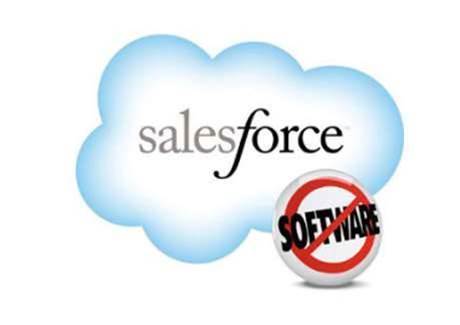Salesforce evangelist Vivek Kundra is back on Australian shores this week for the CeBIT conference, and his message this time is even more shrill than that of last year.

Kundra yesterday told journalists Australia risked falling behind the rest of the world with an Australian Government approach to public cloud computing that he called “dangerous”.
Kundra said the fear of unauthorised access to data was not a sufficient enough reason to avoid utilising public cloud computing services.
But recently the Office of the Information Commissioner urged APRA to heed Australian privacy law as it develops its data protection guide for the finance sector.
Banks have been among the most cautious of firms, with ANZ choosing to abide by Singaporean standards, with no customer data stored in the cloud.
It was two years ago that Salesforce chief Marc Benioff told The Australian it was a matter of when, not if, Salesforce would put a data centre in Australia. If that’s the public message, it’s fair to assume Salesforce could have been making similar promises to clients for much longer.
During that time Salesforce has watched its major competitors including Amazon Web Services, Fujitsu, HP and Oracle all set up data centres in Australia, either directly, or with partners. And then there’s the local cloud push coming from Macquarie Telecom and VMware via the Australian Cloud Computing Hub.
AWS is doing so well, it’s now on a hiring spree in Sydney to support its cloud services after less than six months in the local market. And last week, Microsoft Azure revealed it would set up two sub-regions in New South Wales and Victoria to help support customers with data sovereignty concerns.
A spokesperson for Salesforce told iTnews there were no updates on the company’s plans for a local data centre, which begs the question, why is Salesforce stalling where others haven’t?
The company has a sizeable Australian customer base, strong brand recognition locally and a growing number of competitors.
Vivek Kundra may have warranted attention during his last visit to Australia in the shadow of his role as US Government CIO, but this time around he’s sounding like an apologist for a company that simply doesn’t take Australian government and enterprise seriously enough.


_(20).jpg&h=140&w=231&c=1&s=0)
.png&h=140&w=231&c=1&s=0)





_(26).jpg&w=100&c=1&s=0)

 iTnews Executive Retreat - Security Leaders Edition
iTnews Executive Retreat - Security Leaders Edition











_(1).jpg&h=140&w=231&c=1&s=0)



